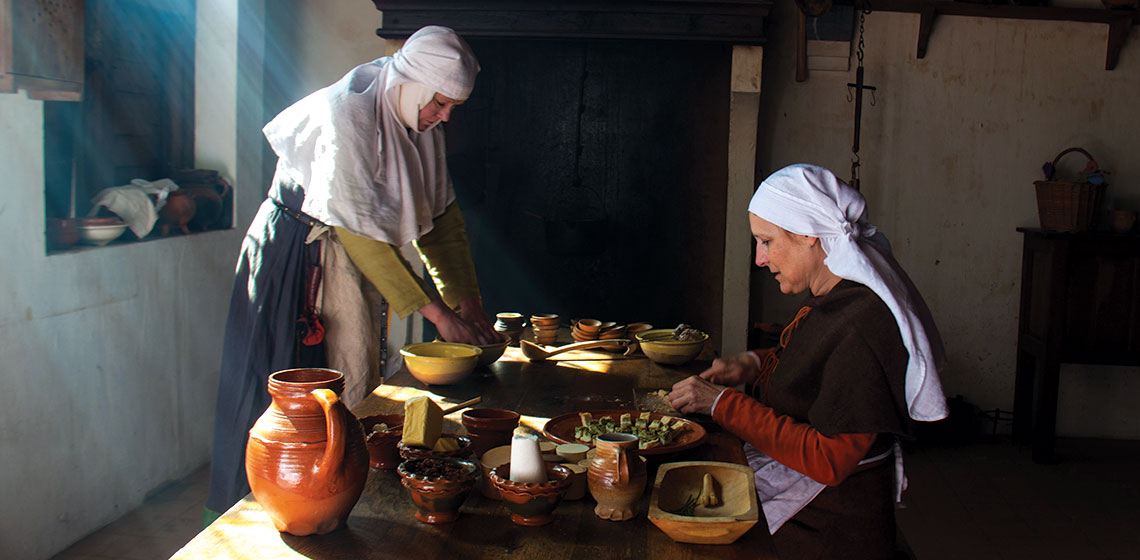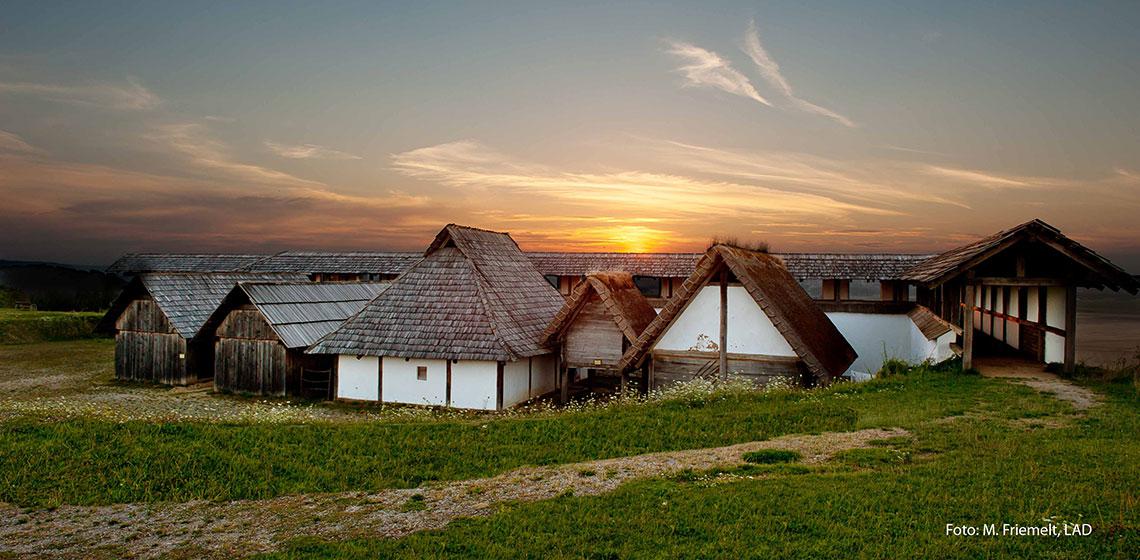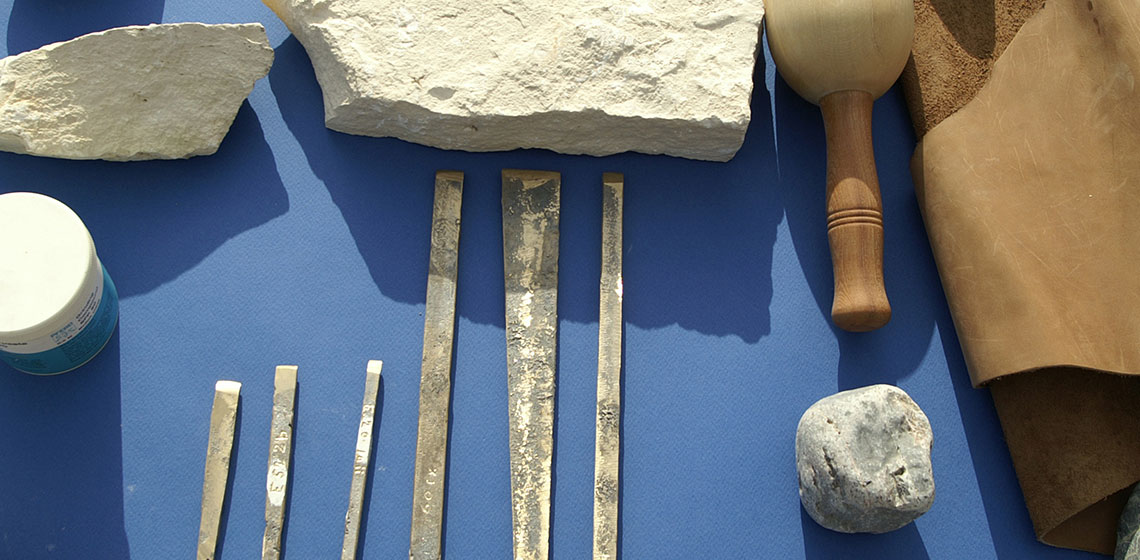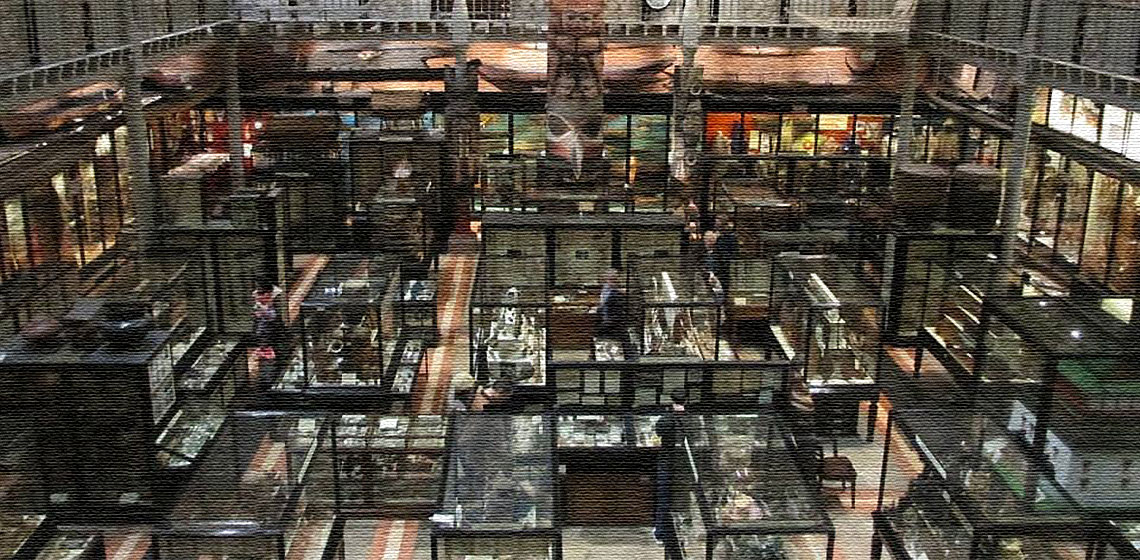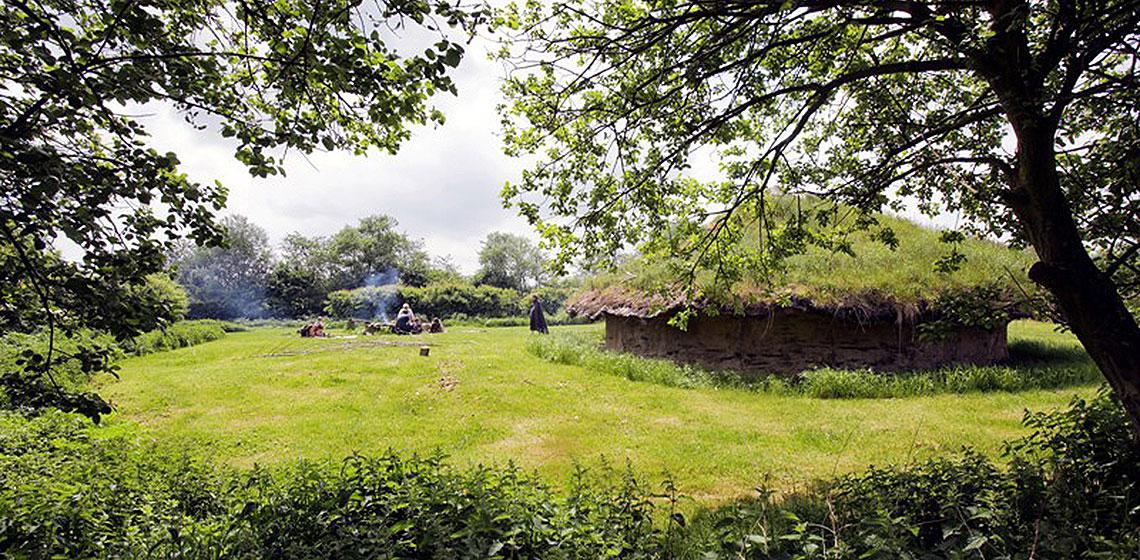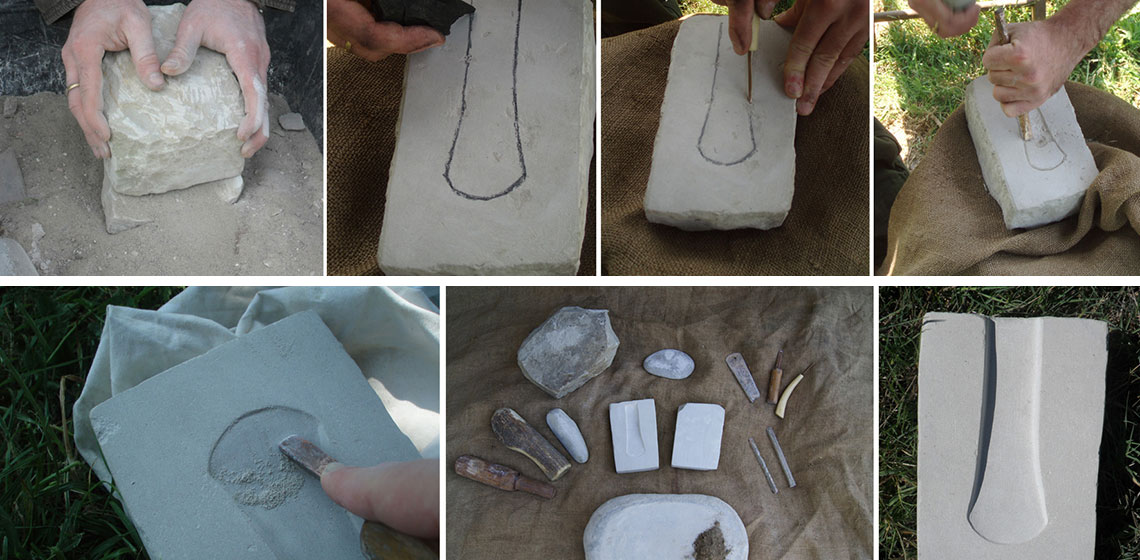In 1982, in the local fenlands of Peterborough, wooden timbers were accidentally brought to light. It was the time of the heavy draining of these areas. An archaeological team, lead by Francis Pryor discovered they belonged to a post alignment dating back to the Bronze Age, leading into the fens for over 1 kilometre.
In 1982, in the local fenlands of Peterborough, wooden timbers were accidentally brought to light. It was the time of the heavy draining of these areas. An archaeological team, lead by Francis Pryor discovered they belonged to a post alignment dating back to the Bronze Age, leading into the fens for over 1 kilometre...


